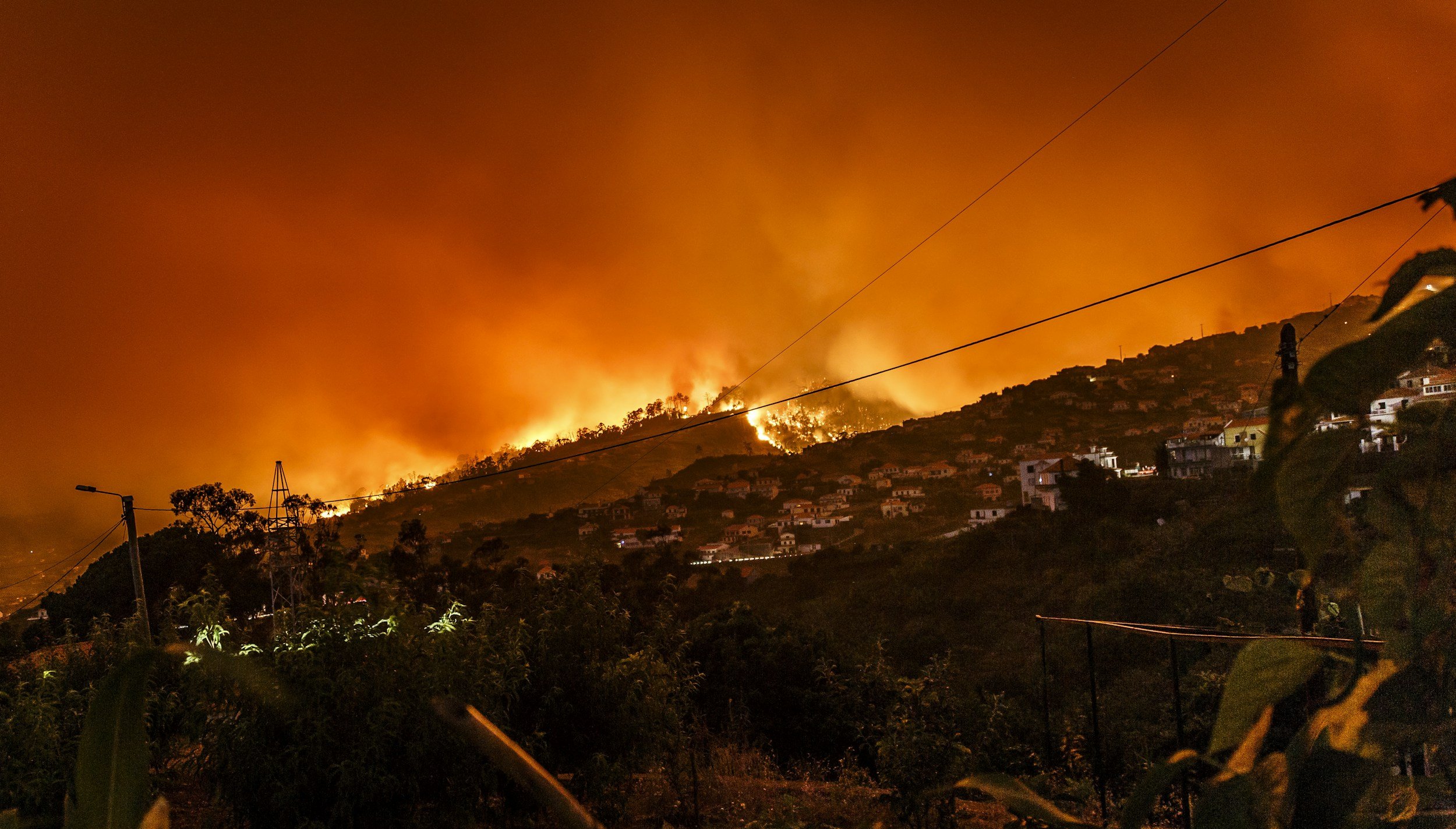
Inner Workings of the Humanitarian Aid System
How Aid Works?
The goal of Humanitarian Aid is to provide un-bias support worldwide in the case of disasters, including food, water, shelter, skills and other basic necessities. This appeared post-ww2, with reformations in the 90s/2000s and led to creation of the cluster system which organizes where aid agencies supply resources to avoid overlap and improve coordination [1]. Below shows the basics of the cluster system.
The Concept of Aid Weariness
A lack of trust for government and media sources has exacerbated a weariness in the people of the developed world. They are constantly being exposed to unending disasters and constant fundraising efforts of NGOs, with no end in sight to any of the problems.
Aid is a highly political concept, as such socio-economic situations of donor countries also widely impacts aid fatigue. Especially during economic crisis such as the COVID pandemic and post-Brexit UK, when voters were less likely to consider foreign aid a primary concern [2].
Reliance = Control and Exploitation
Why the aid crisis is so hard to solve.
Due to a lack of sustainability in aid practices and post-disaster relief efforts, the country is left indebted to many and without the GDP to recover. Often large corporations and retail producers exploit their connection with the country through use of the unskilled workforce in sweatshops and factories without regulations.
An example would be Bangladesh, location of the lowest wages worldwide. Unionisation attempts have been met with violence from corrupt authorities, while millions work illegal hours [24]. Even so, cannot afford basic necessities and housing while money from the products they make is taken as profit in developed countries.
Countries in this situation of reliance are worst affected by disaster, with fragmentation of governance levels being the key driver of this. Funding from donor countries often influences politics in recipient countries, hence, governments in developed countries must develop awareness of this control factor and suppression if the cycle of reliance is to end.

